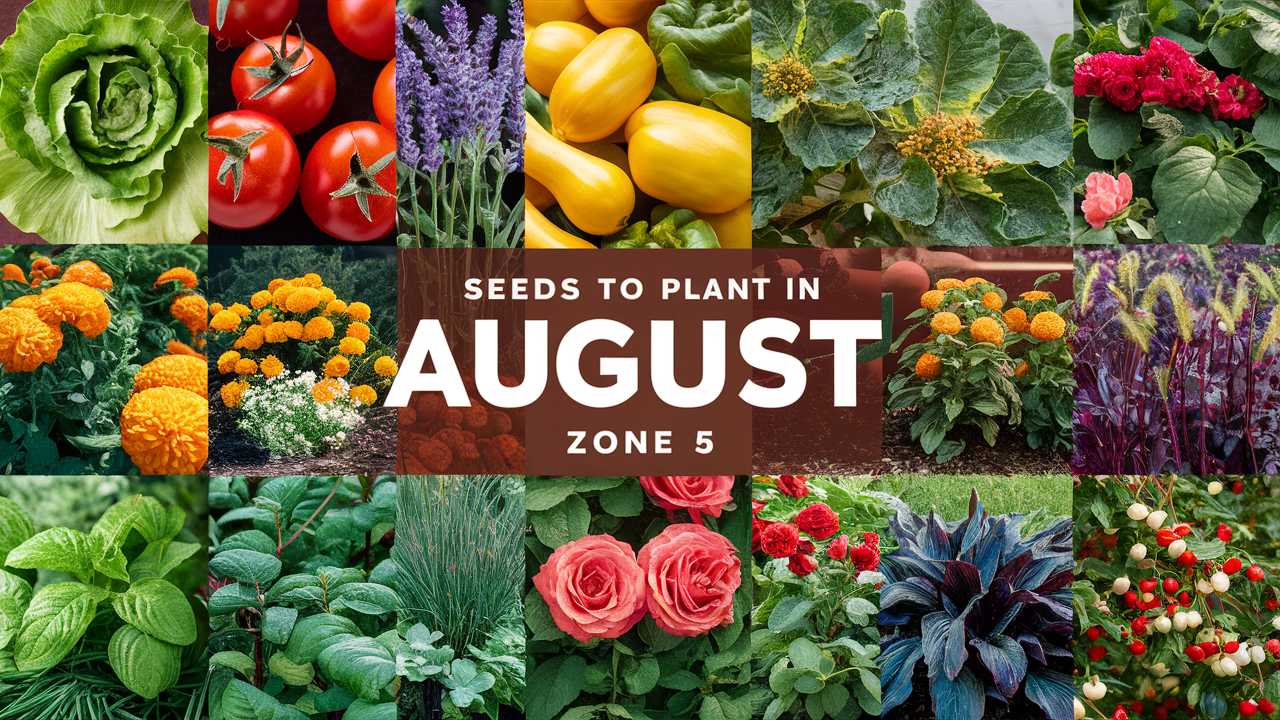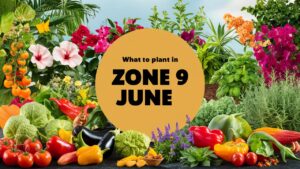This comprehensive guide explores the best choices for planting in August within Zone 5, ensuring you make the most of the remaining warm months.
Vegetables To Plant
Zone 5 gardeners can take advantage of August’s favorable conditions to plant a variety of vegetables. The cooler nights of late summer are ideal for many crops, allowing them to develop robust flavors and healthy yields.
Broccoli
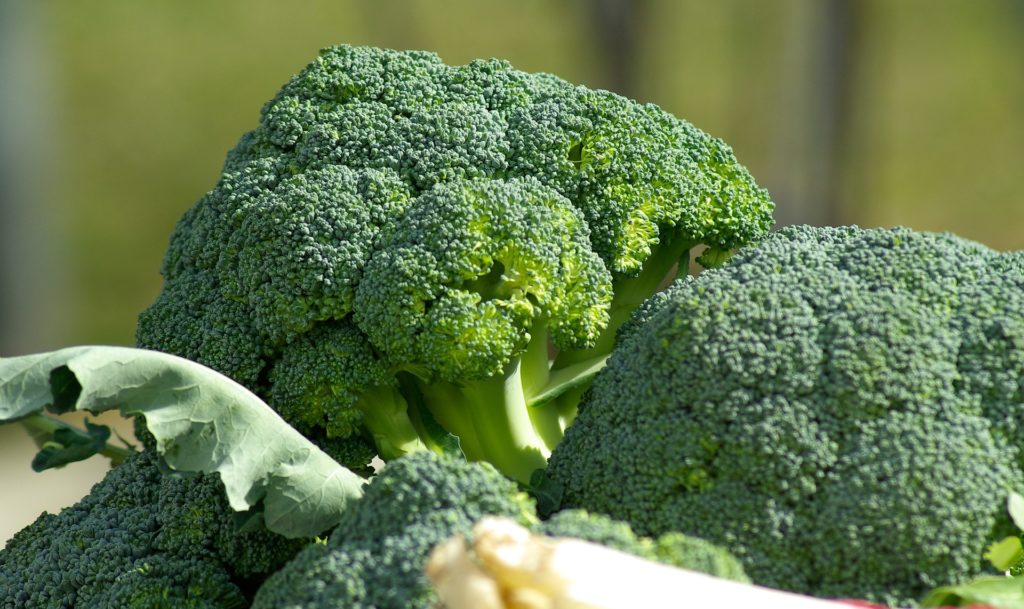
Broccoli is a cold-tolerant vegetable that thrives in the cooler temperatures of fall. August is the ideal time to plant broccoli seeds in Zone 5, as they prefer soil temperatures between 65°F and 75°F. When planted in early August, they will mature in about 70 days, allowing for a harvest in mid to late October. For successful growth, select a location with well-drained, nutrient-rich soil and full sun exposure.
Spinach
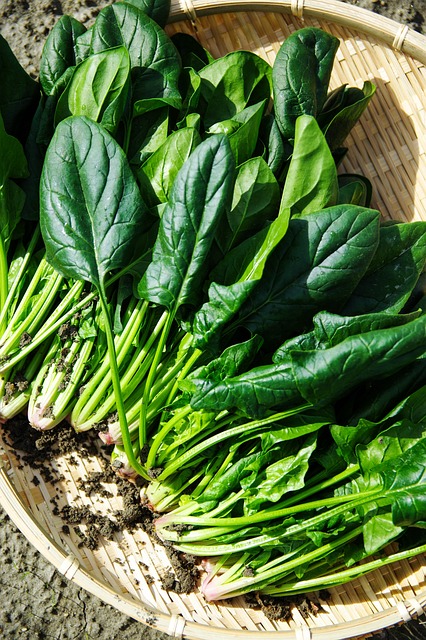
Spinach is a hardy green that can be directly sown in August for a fall harvest. It prefers cooler temperatures, ideally between 50°F and 70°F, which makes late summer planting perfect. Spinach takes about 40 to 50 days to reach maturity, so planting in August generally allows for a harvest in late September to early October. This leafy green not only thrives in cooler weather but also tends to become sweeter with a touch of frost, enhancing its flavor.
Kale
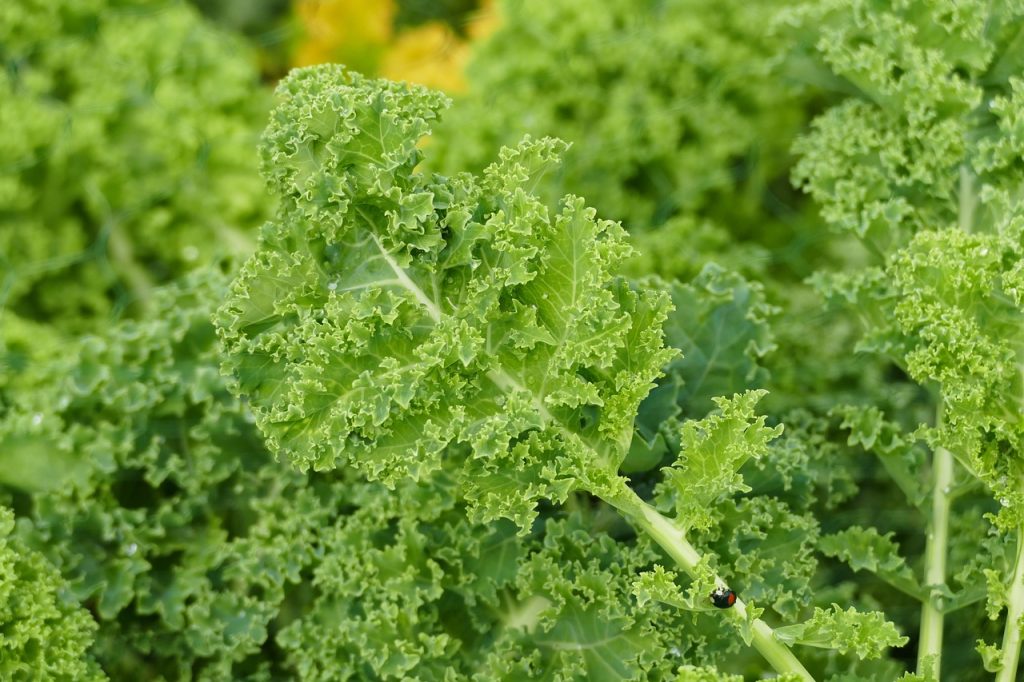
Kale, like spinach, flourishes with the cooler weather that comes in fall. Planting kale seeds in early August ensures that they will mature in approximately 55 to 75 days, giving you a delicious crop by late September to October. It’s a versatile green that tolerates frost very well, making it an excellent choice for fall cultivation. Kale does best in well-drained soil with ample sunlight and can even be harvested throughout the winter in mild climates.
Carrots
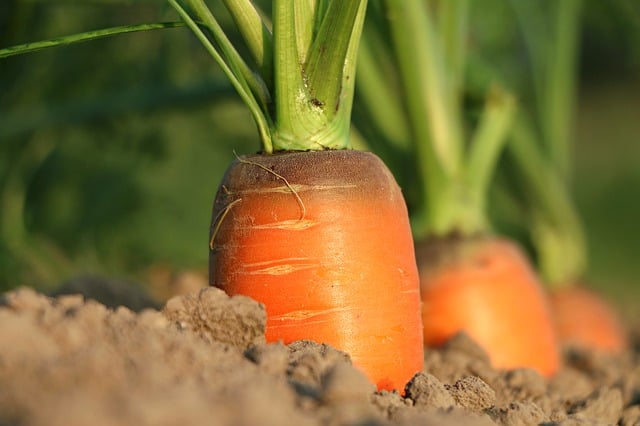
Carrots are another excellent vegetable to plant in August. These root vegetables prefer temperatures between 60°F and 70°F, and when planted in August, they can be harvested in approximately 70 to 80 days. Carrots can be sown directly into the soil, and the cooler fall temperatures help produce sweet, crisp roots. Ensure the soil is loose and well-aerated to promote healthy growth and avoid the risk of stunted roots.
Beets
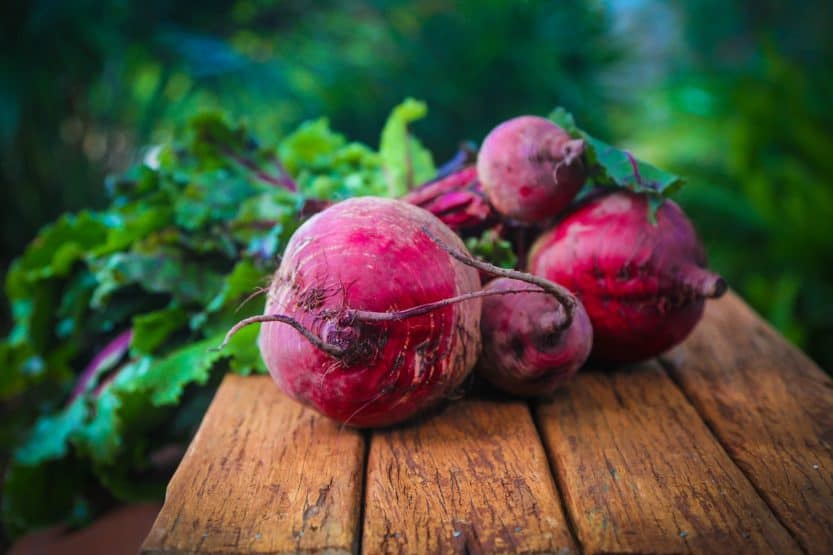
Beets are wonderfully adaptable and can comfortably be sown in August in Zone 5. Taking about 55 to 70 days to mature, they thrive in temperatures ranging from 50°F to 85°F. You can expect to harvest beets by late September to early October. Their vibrant color and earthy sweetness make them a delightful addition to any harvest basket. Plant beets in rich soil, and consider successive sowing to prolong your harvest window.
Radishes
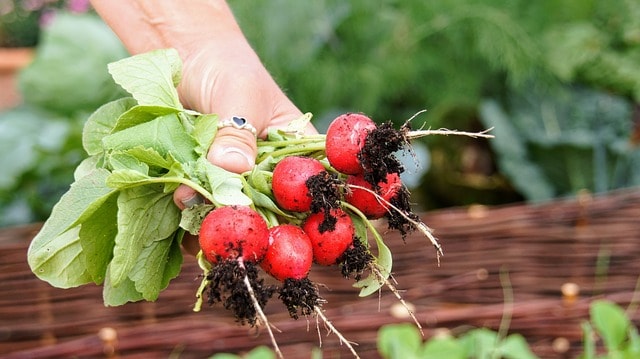
Radishes are quick-growing and perfect for August planting, as they take only about 25 to 30 days to mature. These fast-growing roots flourish in cooler temperatures, with soil temperatures ideally around 55°F to 65°F. By planting radish seeds early in the month, you can expect to enjoy fresh, crunchy radishes by the end of September. They’re an excellent option for salad lovers and can serve as a quick crop to fill space in your garden.
Swiss Chard
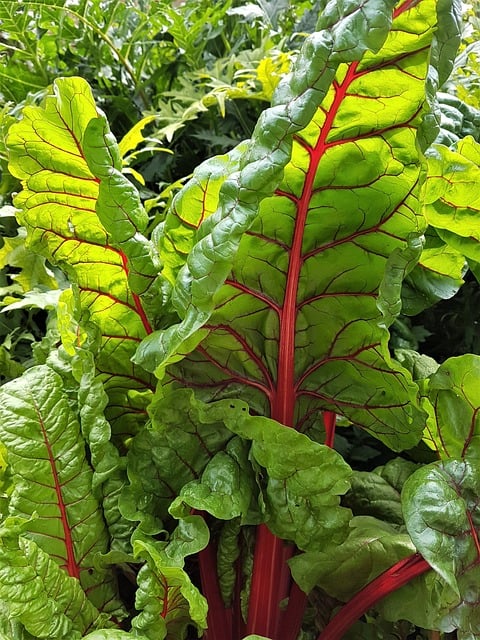
Swiss chard is a versatile leafy green that can be planted in August and harvested into the fall. It thrives in cool temperatures, between 55°F and 75°F, and takes approximately 50 to 60 days to mature. This vibrant green is known for its colorful stems and can be harvested as baby leaves or allowed to grow larger for more substantial harvests. Swiss chard is particularly frost tolerant and maintains its flavor well into the colder months.
Turnips
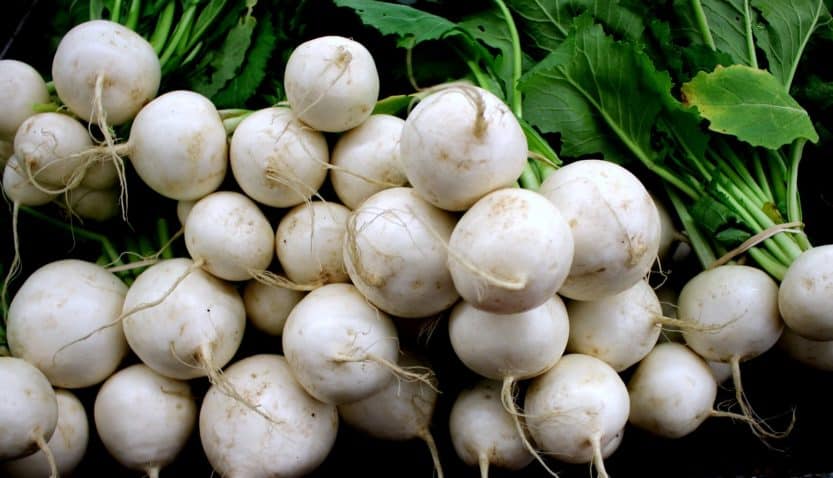
Turnips are a hearty root vegetable well-suited for planting in August in Zone 5 gardens. They typically require 50 to 60 days to mature and thrive in cooler temperatures. Sowing turnips in the early part of August means that you could be harvesting them by late September or early October. The cooler weather enhances their flavor, making them slightly sweeter. Ensure you plant them in well-drained soil to promote healthy development.
Green Beans
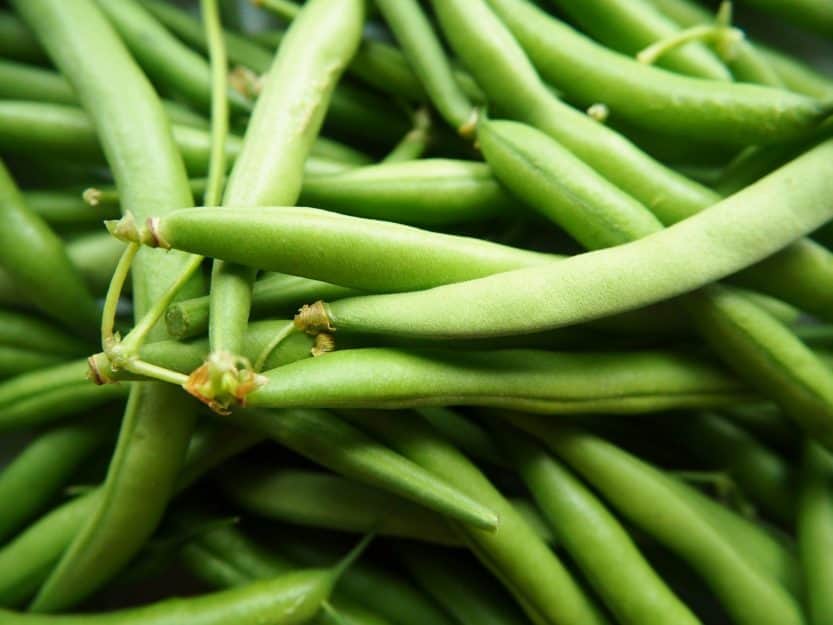
While most beans are sensitive to frost, Zone 5 gardeners can still squeeze in a late planting of fast-maturing bush beans in August. Certain varieties can mature in as little as 50 to 60 days, allowing for a harvest before the first frost. Beans prefer warmer soil, so ensure that the ground temperature is at least 65°F before planting. Choose varieties like ‘Provider’ or ‘Bush Blue Lake’ for quicker yields and higher resilience.
Lettuce
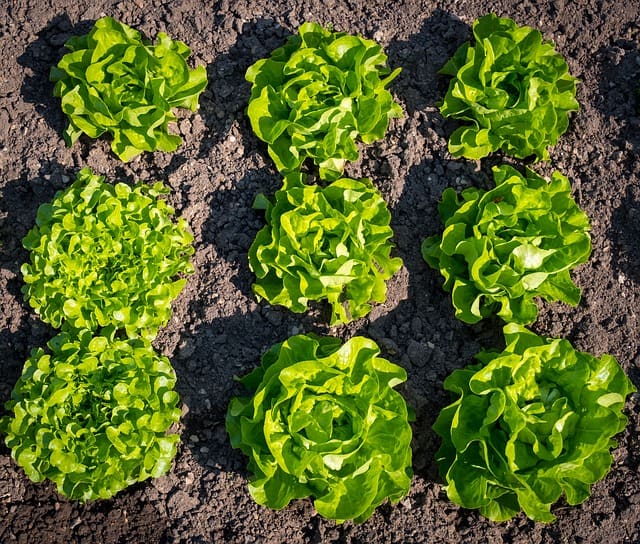
Lettuce is an excellent choice for planting in August. Direct seeding varieties such as butterhead or leaf lettuce can yield quick results, with a typical time to harvest of 30 to 50 days. They thrive in cooler weather, which allows for a sweeter taste and tender leaves. Late summer planting means that you can enjoy fresh salads into the fall. Ensure consistent watering and partial shade to prevent bolting as temperatures fluctuate.
Flowers To Plant
August is not only ideal for vegetable gardening but also presents an excellent opportunity to plant flowers that will flourish in the fall and establish strong roots for the coming growing season.
Asters
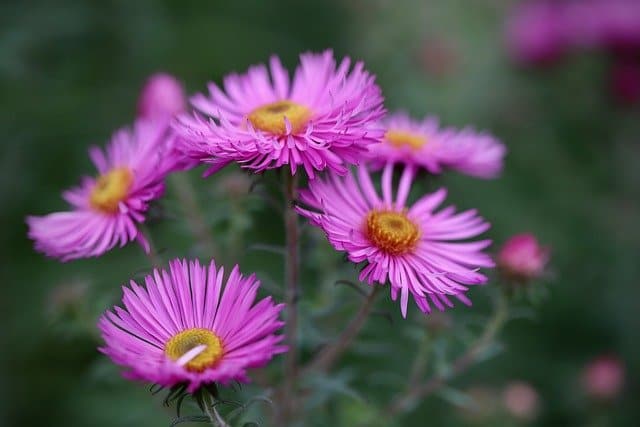
Asters are beautiful perennial flowers that thrive in Zone 5 gardens. Planting them in early August allows these robust flowers to root adequately before the frosts begin. Asters typically bloom in late summer to fall, providing vibrant colors when many other plants have finished flowering. They thrive in full sun and well-drained soil, making them an ideal choice for fall gardens.
Sedum
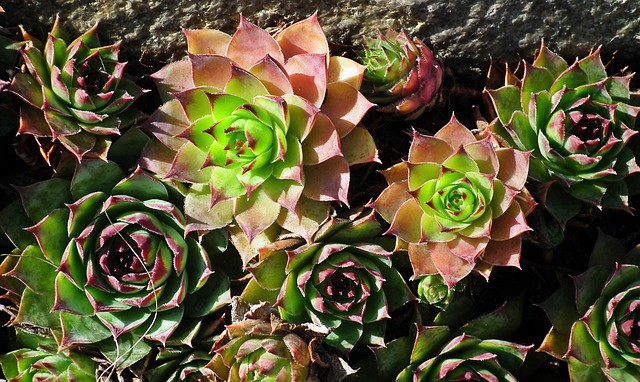
This hardy succulent is perfect for late summer planting. Sedum can tolerate Zone 5 winters and offers beautiful blooms from late summer through fall. Planting sedum in August allows the roots to establish themselves before facing colder temperatures. These drought-tolerant plants prefer full sun and are perfect for gardeners looking for low-maintenance options.
Coreopsis
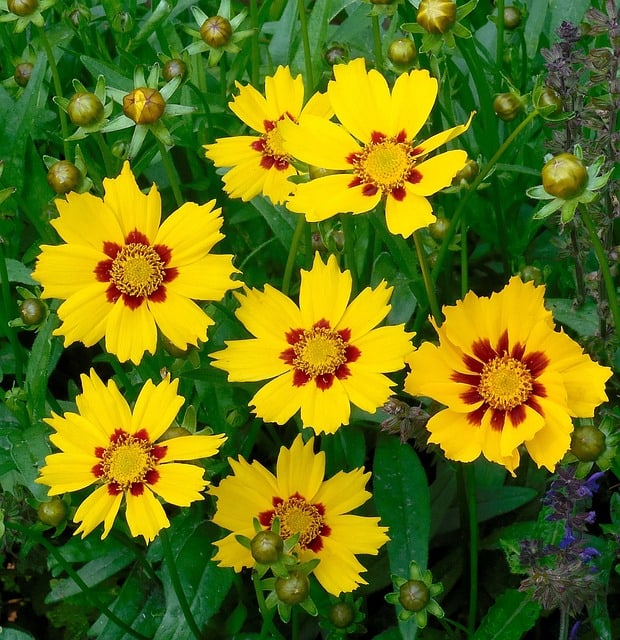
Coreopsis, or tickseed, is a resilient perennial that can be planted in August. Known for its vibrant yellow blooms, coreopsis attracts bees and butterflies to your garden. They thrive in full sun and can tolerate poor soil conditions. By planting in August, you can enjoy flowers that will bloom into the fall and provide visual interest as other plants fade.
Mums
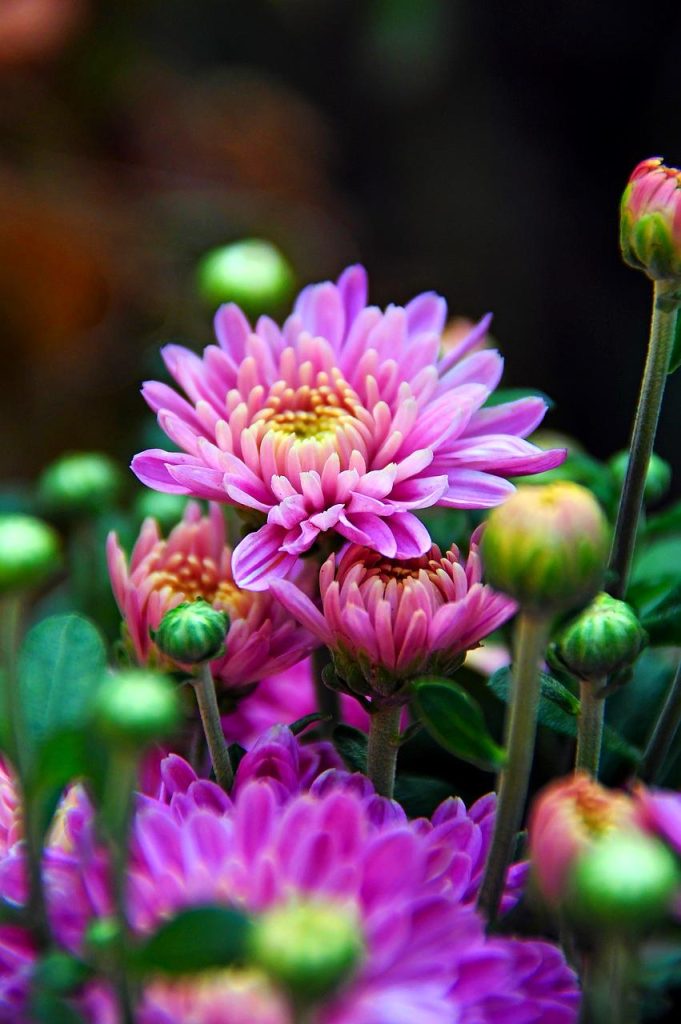
Chrysanthemums, commonly referred to as mums, are quintessential fall flowers. Planting them in August gives the plants adequate time to root, allowing for robust blooms as temperatures cool. Mums can be found in various colors, and they thrive in well-drained soil with full sun exposure. When planted in August, expect your mums to burst into color by mid-to-late September.
Pansies
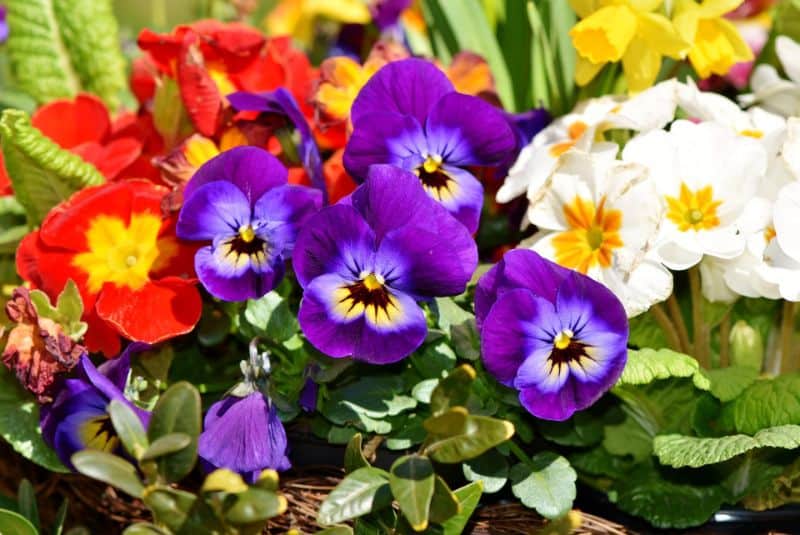
Pansies are excellent for late summer planting, as they can withstand cooler temperatures and continue to bloom into the fall. These colorful flowers offer a range of hues and enjoy well-drained soil and light to moderate sun. When planted in August, pansies will flourish as the temperatures drop, allowing them to produce blooms from late summer all the way through the early winter.
Snapdragons
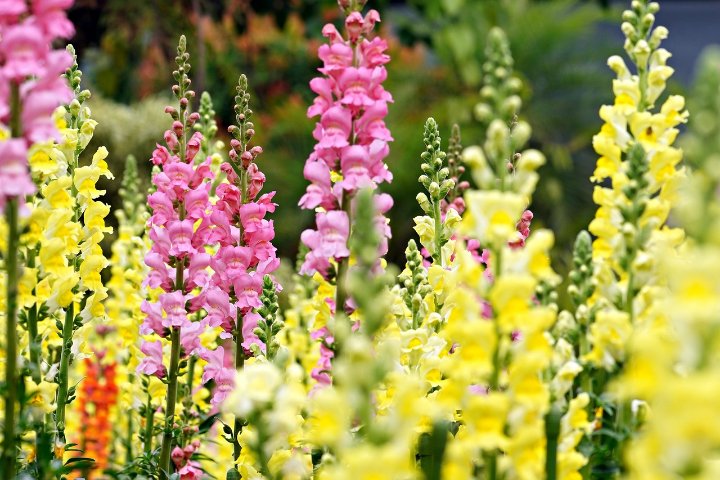
Snapdragons can be sown in late summer for over-wintering, providing hardy blooms in the spring. These flowers enjoy cooler temperatures and can be planted in August for a vibrant spring display. They require well-drained soil and full sun, and they offer a unique texture to flower arrangements. By planting in August, you prepare for a stunning display the following spring.
Salvia
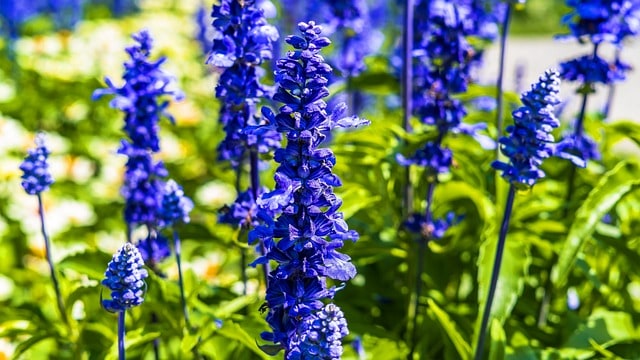
Salvia is another excellent perennial choice for August planting. With its bright spikes of flowers, salvia attracts pollinators and adds height and interest to any garden. Planting salvia in mid-August allows it to establish roots in time for fall, ensuring a flourishing flower bed by late September. Salvia thrives in full sun and well-drained soil.
Phlox
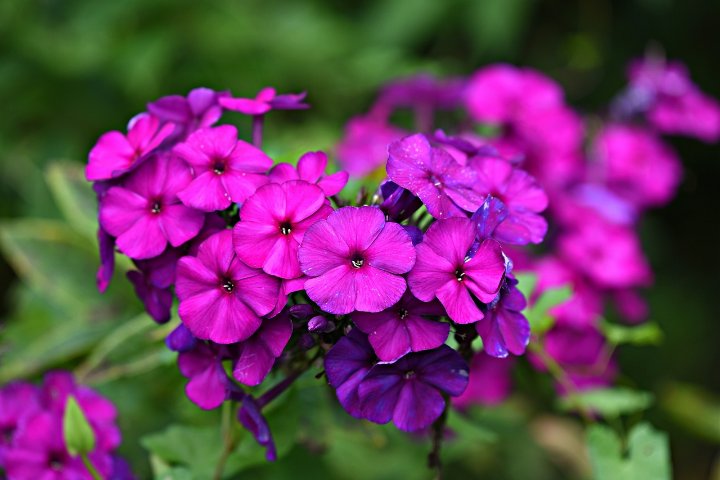
Phlox is beloved for its fragrant and colorful blooms that can brighten any garden in late summer and fall. Planting phlox in August allows ample time for rooting before winter sets in. They prefer full sun and thrive in well-drained, fertile soil. Enjoy flowers that are not only beautiful but also attract butterflies when planted at this time.
Ornamental Kale
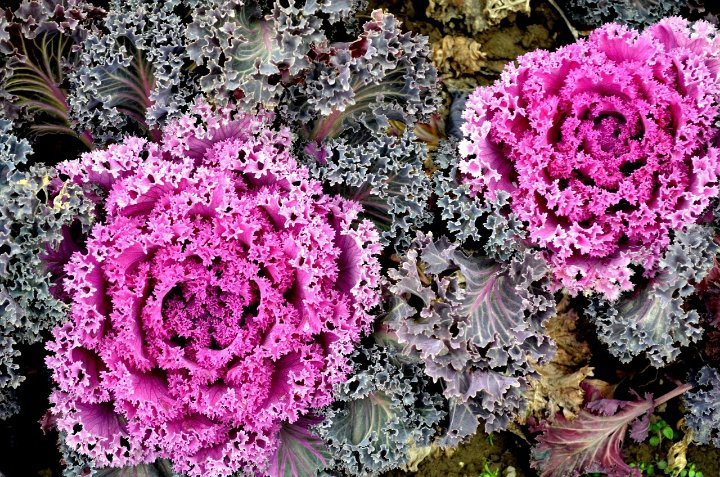
Ornamental kale adds unique, stunning beauty to any garden in the fall. Planting in August will allow it time to take root and thrive, bringing vibrant colors as temperatures drop. This variety of kale prefers full sun and well-drained soil and will flourish until the first frost. It serves as an excellent choice for garden aesthetics in the fall.
Herbs To Plant
Herbs can be a delightful addition to any garden, and August is a great time to plant a variety of them that can thrive through fall and even into the winter.
Cilantro
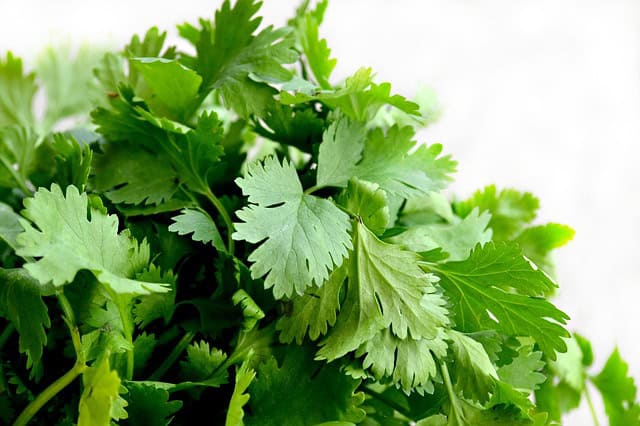
Cilantro is an excellent herb for late summer planting, as it prefers cooler weather. When planted in August, cilantro can be harvested in about 40 to 50 days. It does best in a well-drained location with partial sun, and the cooler temperatures enhance its flavor. Because cilantro can bolt in warmer weather, August planting helps avoid the issue, giving you fresh herbs for late summer and early fall dishes.
Dill
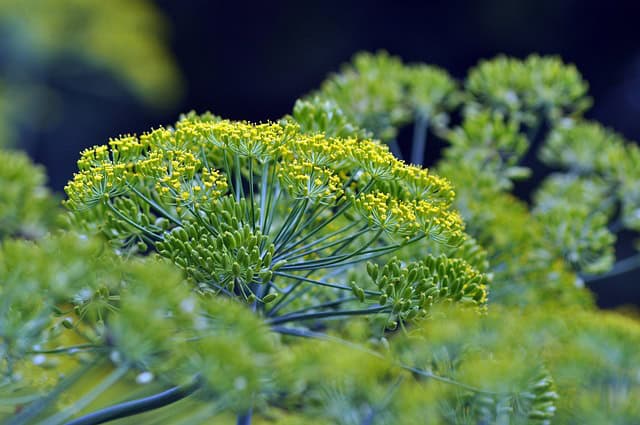
Dill is another herb that can be planted in August, making it perfect for Zone 5 gardeners. It grows well in cooler temperatures and can be harvested in about 40 days. If planted in August, you can enjoy its flavorful leaves for salads and pickling by early fall. Dill prefers full sun and thrives in well-drained soil.
Parsley
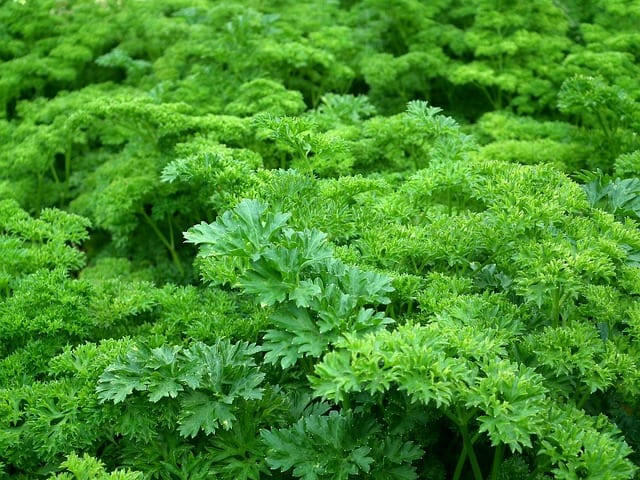
Parsley is a biennial herb that can be planted in August for a fall harvest. About 70 to 90 days are needed for parsley to reach maturity, but it can withstand light frosts, making it ideal for fall gardening. Parsley enjoys full sun to partial shade and requires moisture-retentive soil, ensuring your herb garden remains lush.
Chives
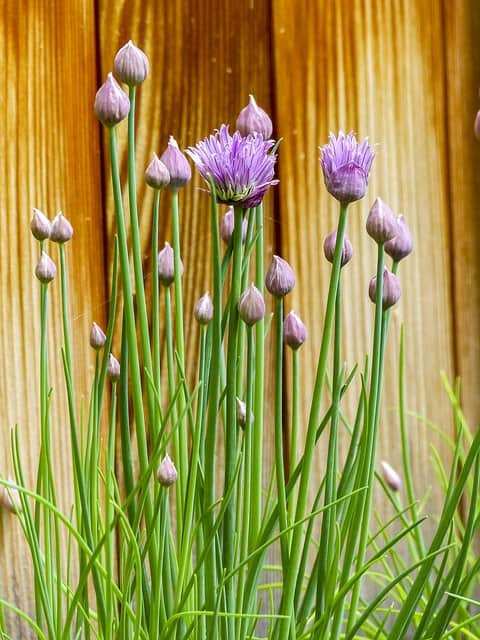
Chives are a perennial herb that can be sown in August. This hardy herb thrives in various conditions and can withstand the cooler temperatures of late summer. It takes about 60 days to mature. Planting in well-drained soil and providing full sun ensures a robust chive crop that will last for years, providing fresh additions to meals and salads.
Basil
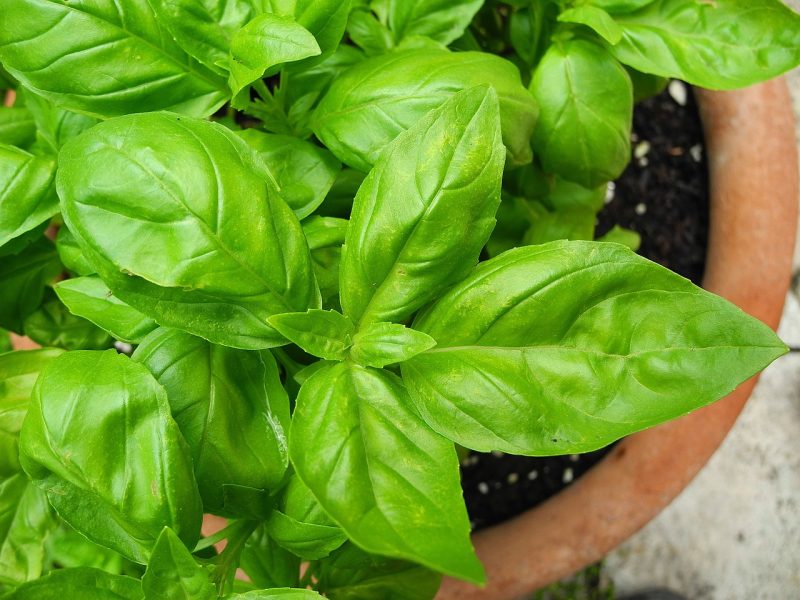
While basil is typically not a fan of cold, you can start new basil plants in mid to late August for fall flavor before the first frosts. Basil grows quickly and can be ready to harvest in as little as 30 days. Plant in full sun and ensure it remains pruned regularly to encourage bushier growth. Be mindful that you should plan to use or harvest it before frost hits.
Thyme
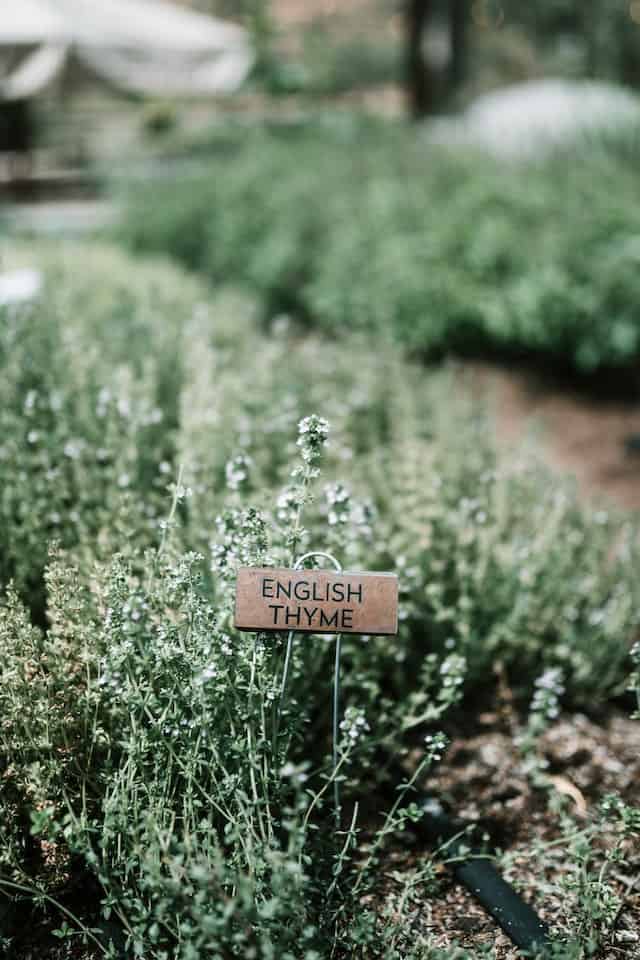
Thyme is a resilient perennial herb that can be planted in August. It can withstand a range of temperatures and requires about 80 days to reach maturity. Planting thyme in full sun and well-drained soil facilitates its growth. Whether used as a seasoning or for its medicinal properties, thyme is an excellent addition to any herb garden.
Oregano
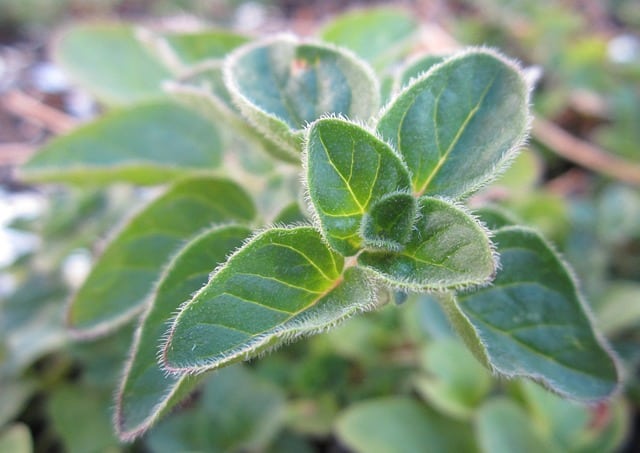
Oregano is a perennial herb that thrives in Zone 5 and can be successfully planted in August. It prefers full sun and well-drained soil, allowing it ample time to establish roots. Oregano takes about 70 days to mature and will continue to grow and thrive as temperatures drop. Its robust flavor makes it a favorite in culinary dishes.
Rosemary
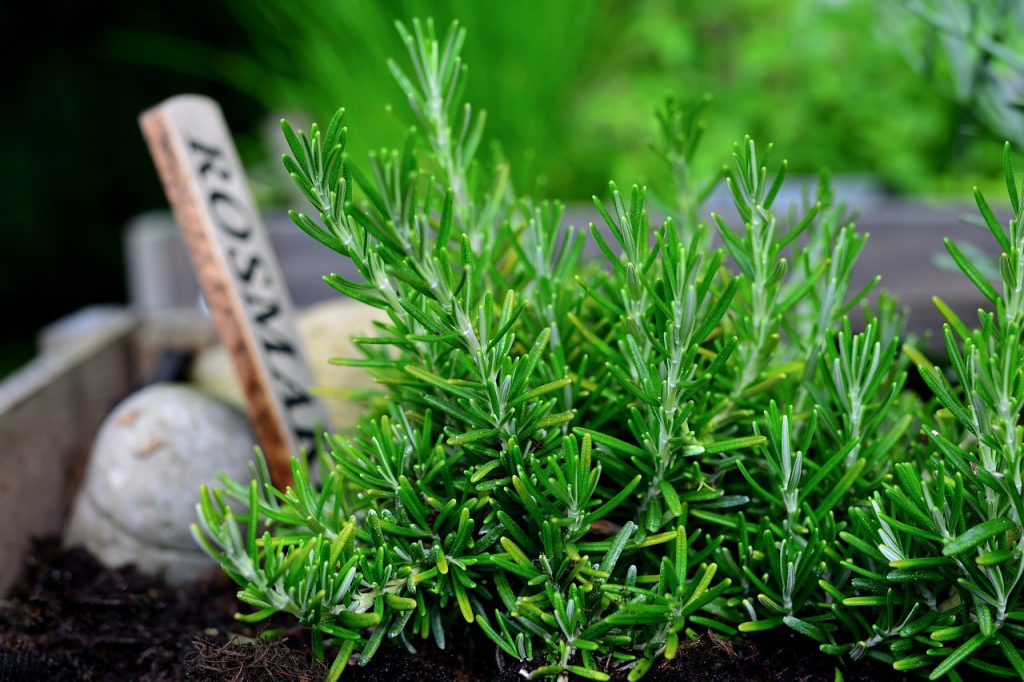
Although rosemary is typically a tender perennial, some cold-hardy varieties can survive winters in Zone 5. Planting it in a sunny, well-drained location in August gives it time to establish sturdy roots and improve its frost resilience. While longer to mature than other herbs (taking up to 100 days), it will provide fragrant and flavorful leaves for culinary use going into the winter.
Sage
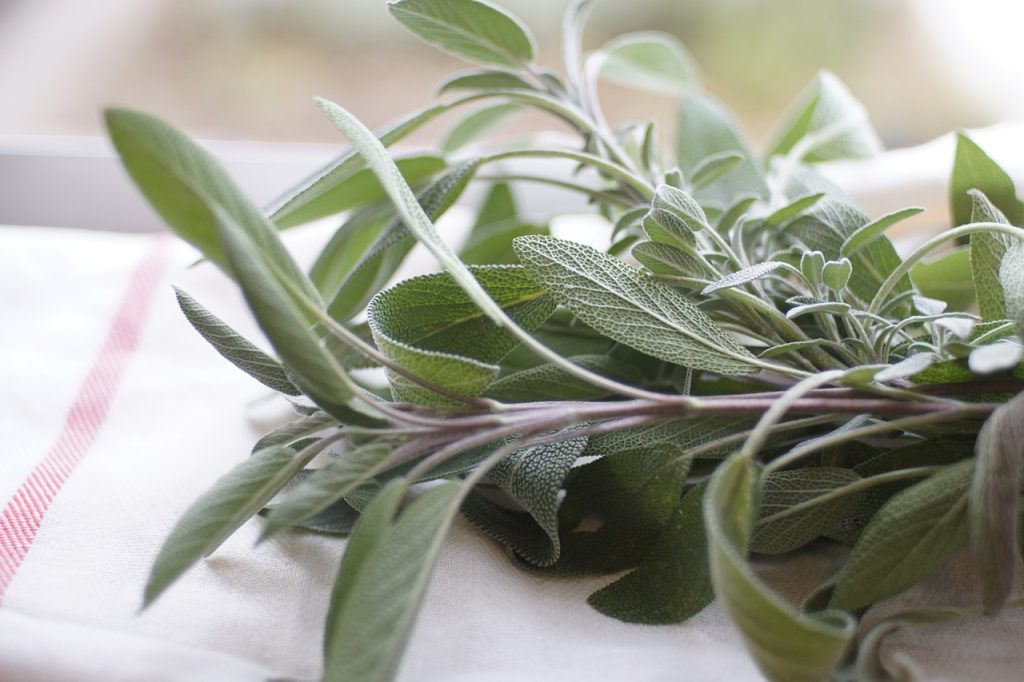
Sage is a hardy perennial herb that thrives in cooler conditions. Planting in August is effective as it can tolerate the cold and mature in approximately 75 days. This herb enjoys full sun and well-drained soil and can provide flavorful leaves for a range of culinary dishes. Once established, it becomes a perennial staple in the garden for years to come.
Mint
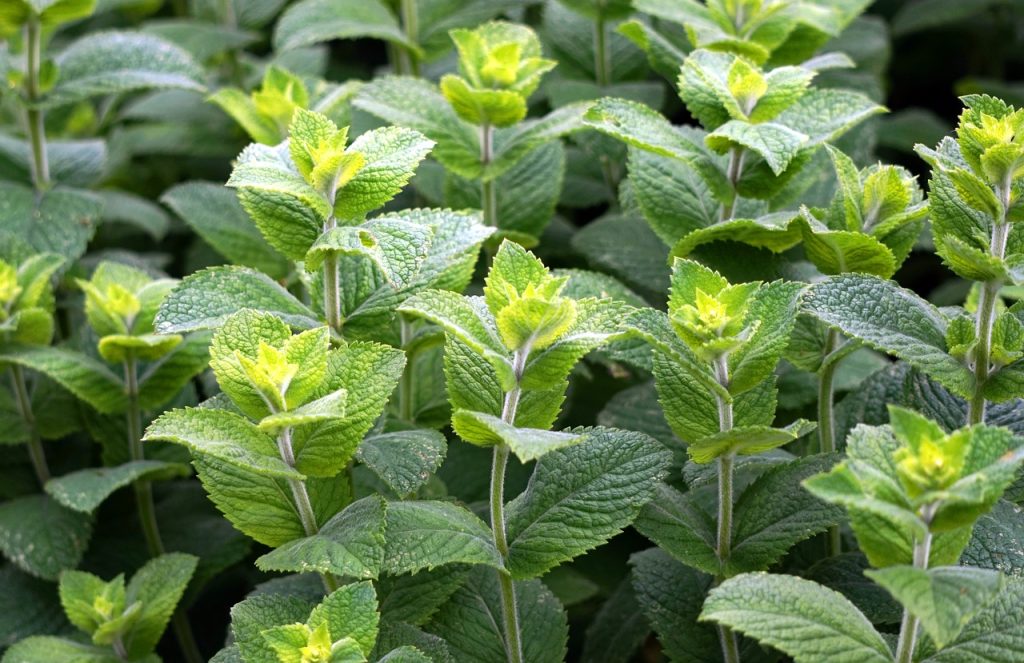
Mint is a vigorous grower that can be planted in August and will establish roots quickly. It typically takes about 90 days for mint plants to mature. This herb prefers partial shade and moist, well-drained soil. Keep in mind that mint can spread aggressively, so consider planting it in containers or garden beds with barriers.
Conclusion
As Zone 5 gardeners prepare for the shift from summer to fall, August serves as a crucial month for planting vegetables, flowers, and herbs that can thrive in the cooler temperatures ahead.


